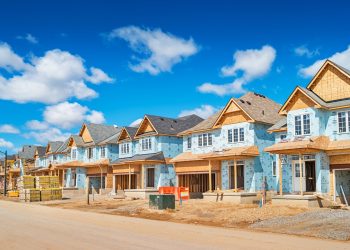Multifamily rents increased for the third month in a row in May, rising $7 to $1,716, according to a new report from Yardi Matrix. After a five-month pause in growth, rents previously rose $3 (to $1,706) in March and $5 to $1,709 in April.
3 Tips for Staging a Smaller Home
Maximize every square foot of a home and help buyers see the potential of a small space with these staging recommendations. Read more.
https://www.rismedia.com/2025/04/10/3-tips-for-staging-smaller-home/
Business Tip of the Day provided by
Categories
The Most Important Real Estate News & Events
Click below to receive the latest real estate news and events directly to your inbox.
By signing up, you agree to our TOS and Privacy Policy.













